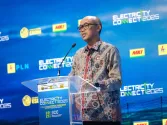
Malaysia’s renewable capacity to reach 30 GW by 2035
The establishment of a roadmap helped define the rules to achieve RE goals.
Malaysia is expected to reach nearly 30 gigawatts of renewable energy capacity by 2035, reflecting a compound annual growth rate (CAGR) of 16.8% from 2024 to 2030.
According to GlobalData’s “Malaysia Power Market Outlook to 2035, Update 2025 – Market Trends, Regulations, and Competitive Landscape,” Malaysia’s renewable power generation increased from 5 terawatt-hours (TWh) in 2020 to 9.8 TWh in 2024, registering a CAGR of 18.5%.
“During 2024–2035, it is expected to further increase to 51.1TWh in 2035, growing at a CAGR of 16.2%,” the new report said.
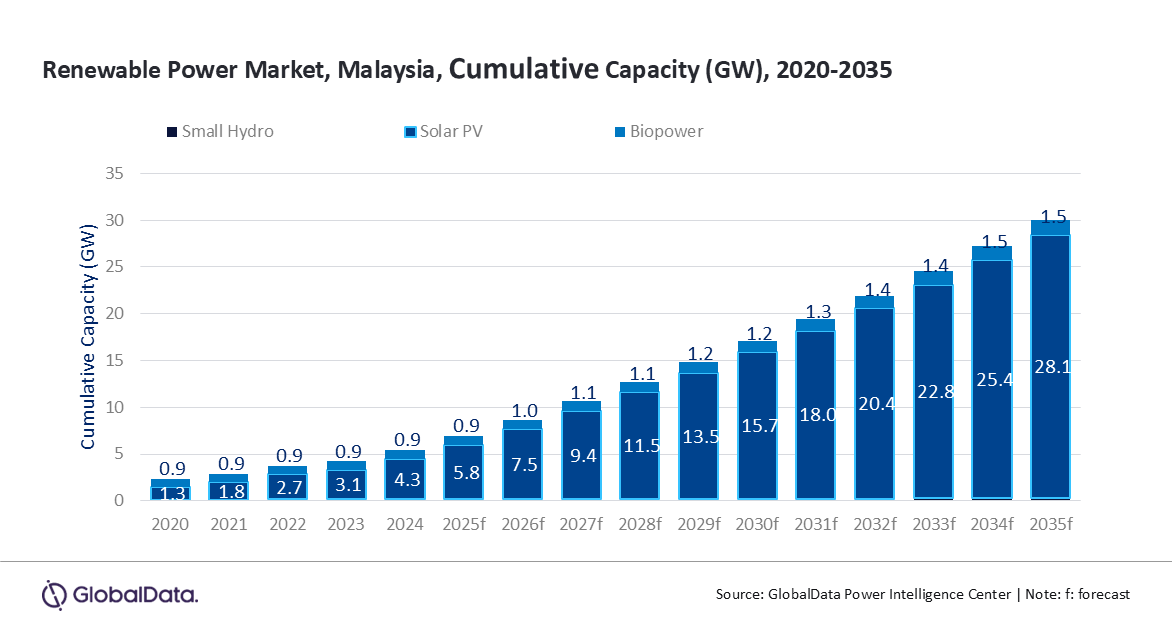
Malaysia aims to increase its renewable energy generation to 40% of the total installed capacity by 2035, boosting its net-zero goal by 2050.
Attaurrahman Ojindaram Saibasan, senior power analyst at GlobalData, said the introduction of the National Energy Transition Roadmap (NETR) and the Malaysia Renewable Energy Roadmap (MyRER) has delineated a clear policy framework.
“This development has unlocked investment opportunities and signaled a robust commitment from the government. These efforts collectively contribute to the nation’s progressive journey towards a cleaner and more resilient energy future,” he said.
Bioenergy is the most extensively utilised alternative source in Malaysia, whilst solar photovoltaic represents the largest renewable power technology within the nation.
“Solar energy is at the forefront of this shift, bolstered by initiatives such as large scale solar (LSS) programs, NEM schemes, and incentives for rooftop solar installations for both residential and industrial sectors,” Saibasan said.
“Hydropower remains a significant contributor, particularly in the eastern regions of Malaysia, namely Sabah and Sarawak. Additionally, bioenergy derived from palm oil waste and municipal solid waste is gaining momentum,” he added.

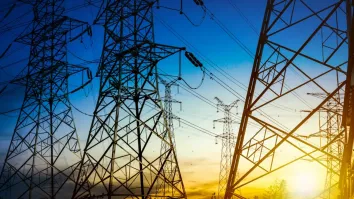

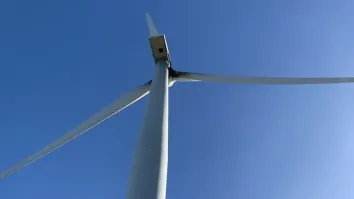

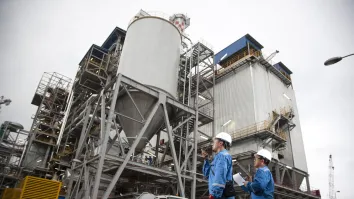






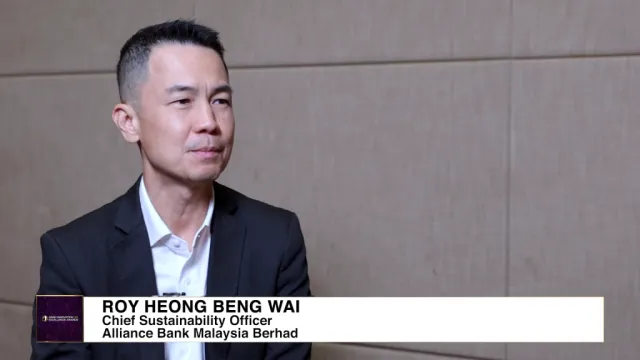




 Advertise
Advertise



